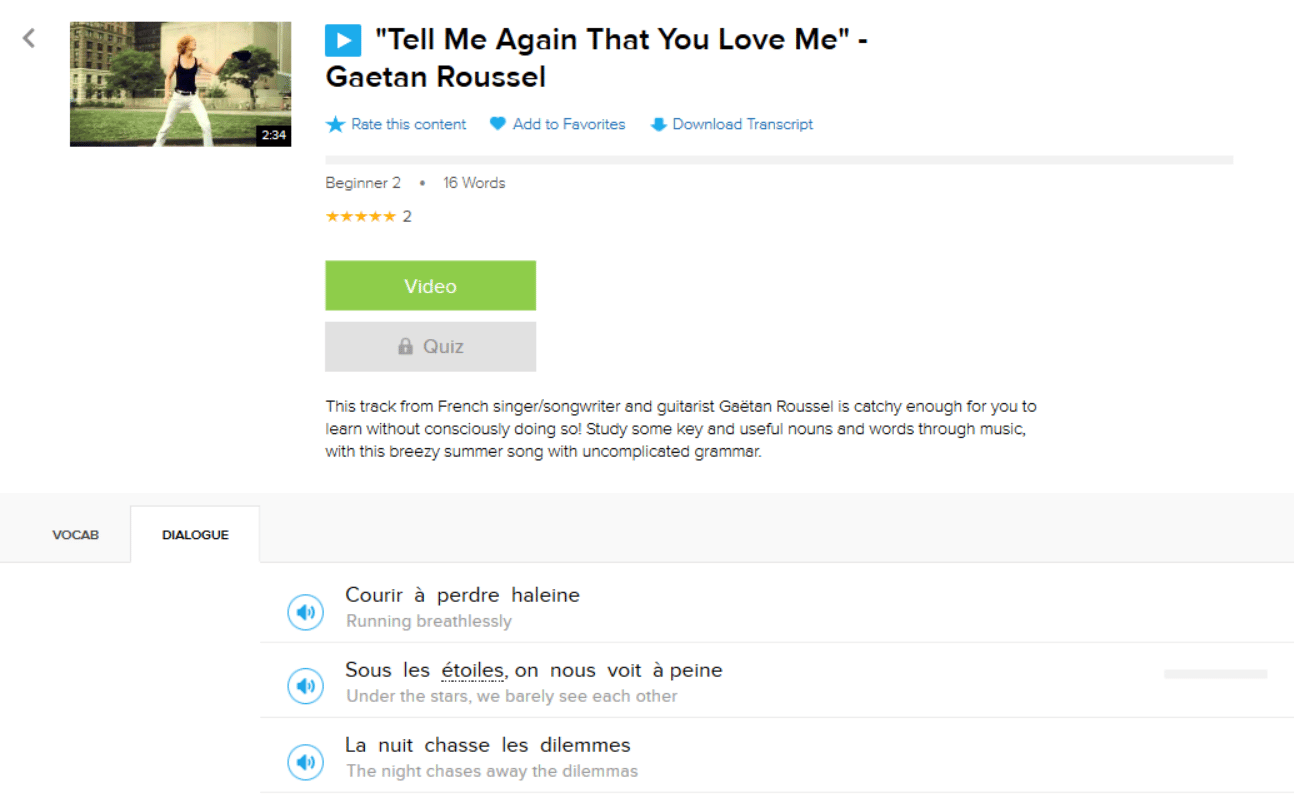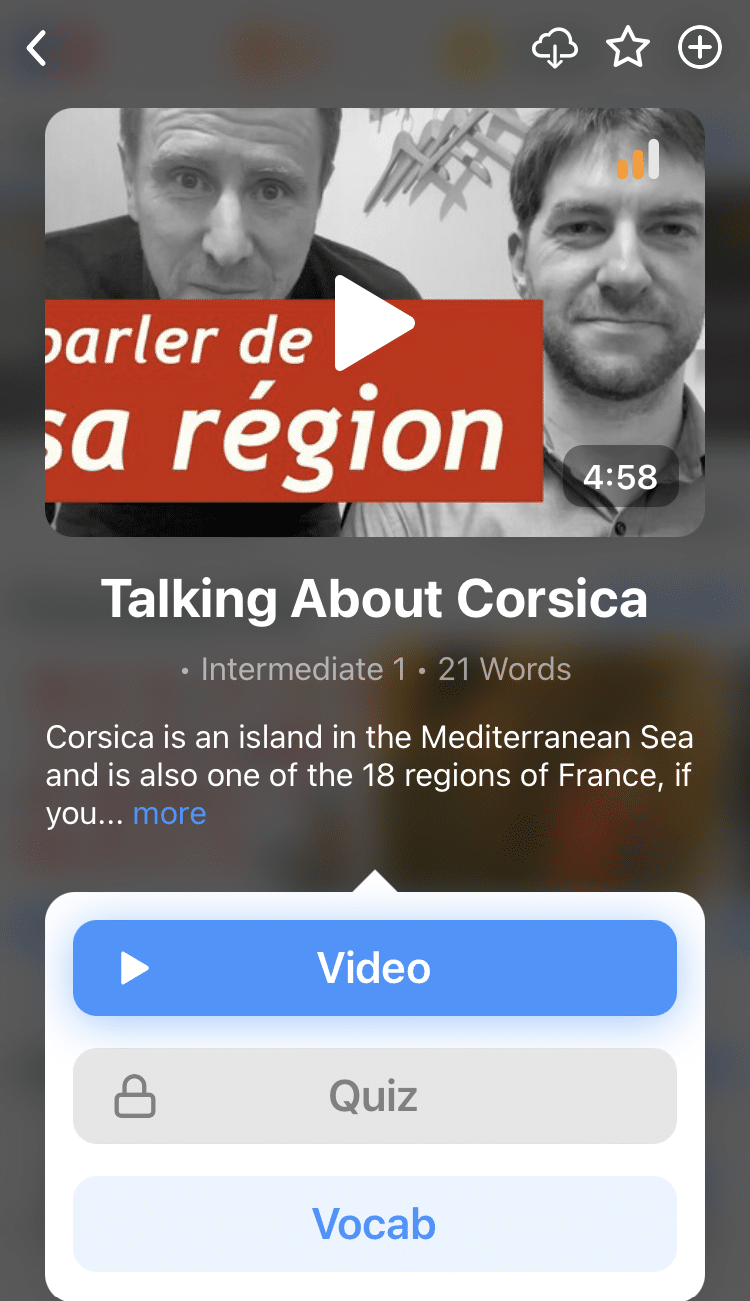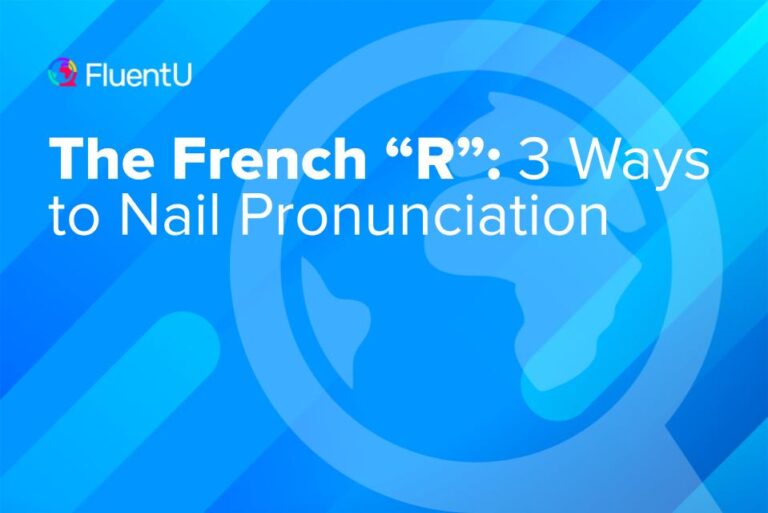How to Write an Email in French

Emails are a part of everyday life, and there’s a right way and a wrong way to write one. This is all the more true in France, where the art of formal French correspondence is highly valued.
Learning the subtle differences between English and French emails is useful for learning more vocabulary and for real-world French use. Here is how to write an email in French, and some practical language that can help you out along the way.
Download: This blog post is available as a convenient and portable PDF that you can take anywhere. Click here to get a copy. (Download)
French emails are structured similarly to American emails, with addresses, content in space-separated paragraphs, salutations and contact info.
1. The French Header and Subject
A French en-tête (header) begins with the sender’s coordonnées (contact info):
Prénom (first name) NOM (last name, usually in caps)
Intitulé du poste (job title)
Adresse (address)
This is followed by, farther down on the other side of the page, the recipient’s info:
À l’attention de (to the attention of) Monsieur/Madame LAST NAME
Nom de l’entreprise (company name)
Adresse (address)
2. How to Start an Email in French
You start your email with a formule d’appel (formal salutation). This can be as simple as “Madame,” or “Monsieur,” if the recipient doesn’t know you, or “Cher Monsieur,/Chère Madame,” (“Dear Sir,/Dear Madam,”) if the recipient knows you.
If you’re sending the email to, say, two people, you can say “Madame, Monsieur,” (“Madam, Sir,”). Avoid using Mademoiselle (Miss/Ms.), because the marital situation of your recipient is irrelevant.
If you know the job title of the recipient, all the better. You can say, for example, “Madame la Directrice,” (“Madam Director,”) or “Monsieur le Professeur,” (“Professor,”), or even “Monsieur le Président de la République,” (“Mr. President,”).
Some special cases:
- “Maître,” (“Master,” although we say “Esquire,”) if you’re writing to a lawyer.
- “Docteur,” for a doctor.
- “Mon Général/Colonel/Commandant/etc.,” (“My general, etc.,”—here we might say “Sir,” or just “General,”) for an officer.
Remember to capitalize the formule d’appel and to end it with a comma.
If the person you are writing to is a close friend or family member and the tone of your email is casual, then you might opt for one of these greetings to start your informal email:
- “Salut [nom]!” (“Hey/Hello [name]!”)
- “Bonjour” (“Hello”/“Good morning”/“Good afternoon”)
3. Explaining the Purpose of Your Email
Following the formule d’appel, get to the point:
| French | English |
|---|---|
| Je vous écris au sujet de... | I am writing to you about... |
| Suite à notre entretien du 4 octobre... | Following up on our interview on October 4th... |
| J'ai pensé vous écrire au sujet de... | I thought I would write to you about... |
| J'ai bien reçu votre courrier du 17 novembre... | I received your mail from November 17th... |
| Je vous propose ma candidature pour le poste... | I propose my candidacy for the position... |
| Je voudrais vous remercier pour... | I would like to thank you for... |
| Je voudrais vous informer au sujet de... | I would like to inform you about... |
| Je vous écris pour confirmer... | I am writing to you to confirm... |
You get the idea. You’re immediately explaining the purpose of your email. “À la recherche d’un emploi” provides more detailed information about writing letters in French.
4. Giving Your Contact Information
Following the body of the email but before the closing remarks, I usually say something like…
“Vous pouvez me joindre au : 555-555-5555”
or
“Vous pouvez me joindre à: mail@mail.com”
(“You can reach me at…”)
…to stress that I can and want to be contacted, even if this information is in my header.
5. How to End an Email in French
That’s right. We begin an email with a formule, and we end it with one! The formule de politesse ends your email with a tone of respect and consideration. Now is not the time to be creative. There’s a definite formula to follow:
“Je vous prie d’agréer, Madame la Directrice, l’expression de mes sentiments distingués.”
Here, I’m asking the (female) director to accept (not agree with) my “distinguished sentiments.” So basically it’s request, recipient + job title, proof of respect.
I could also say “Veuillez agréer” (“Please accept”), but that’s more of a commanding tone. There’s a reason why it’s called a formule; its structure is set in stone. Several good examples can be found here.
So contrary to what I said earlier, the formule de politesse is one way in which French and American email differ. Obviously you don’t need to do this for, say, letters or emails to your family or friends, in which case you could just say any of the following:
- “Je t’embrasse” (“Love”—not a literal translation),
- “Bisous” (“Kisses”),
- “Amitiés” (“Best wishes”)
- “À bientôt !” (“See you soon!”)
- “Sincèrement” (“Sincerely”),
- “Cordialement” (“Cordially”),
Don’t forget your signature at the end.
When I realized all my formal French emails would be cast from the same mold, I wrote up a template including space for the header, contact info, formal greeting and a pre-packaged formule de politesse. That way I could just plug in new info and change the actual content. You can call that cheating, but it saves time!
The Adoption of Email in France
We probably like to think that tech is inherently Anglophone, and that the French were doing their own peculiar thing before computers reached their shores. But France made surprising contributions to the development of email.
Minitel
Long before US households set up email accounts through junk mail AOL diskettes, the French had a flourishing “internet” known as the Minitel, complete with an electronic message service.
Minitel, or Médium interactif par numérisation d’information téléphonique (roughly, “interactive medium by digitization of telephone information”—say that five times fast!), originally conceived as an alternative to paper phone directories, came to include news, home shopping, yellow pages, train schedules, banking, dating and of course messagerie (electronic messaging).
In fact, that Minitel could even handle messagerie instantanée (instant messaging) was discovered by accident in the early ’80s. In 1981, a platform called Gretel offering services like weather, horoscopes, TV guides and a “letter box” was formed, but people weren’t skilled in using it, so Gretel created a way to send informative messages to users to help them.
Legend has it that a child discovered the admin password and used Gretel to send his own instant messages. Gretel saw that this was popular, and the rest was history.
Other services sprung up as well, like theme-based salons de discussion (chat rooms) and the ever popular Minitel Rose for singles. See Libération and France24 for more detailed accounts of Minitel’s early days.
Email today: Popular Service Providers in France
The Internet as we know it eventually won out over Minitel, and France has several service and webmail providers today. Some of the top email providers in France are Orange (formerly France Télécom), Gmail, Outlook, SFR and Yahoo. Suffice it to say that the French are now enthusiastic email writers.
La Nétiquette
The practice of writing politely on the internet in France is called nétiquette.
Although we’re often taught that business correspondence is rigid in France, we shouldn’t think of the French as “by the book” drones. Yes, I said formal correspondence is highly valued by the French, but in practice, they’re just as busy as us, and they don’t always have time to write formal letters.
I’ve often sent professional letters in French diligently remembering my contact info, formal greeting and closing salutation, only to get informal, one-sentence messages in response.
Basically, the important thing to remember is this: Don’t do in a French email what you wouldn’t do in an English one. For example, that could include writing in all caps, using slang, etc. That said, I suggest following the guidelines covered above, even if your correspondent doesn’t do likewise, at least until the conversation gets up and running.
Tutoyer vs. Vouvoyer and Why It’s Important
In France, you address people in the second person using either tu (tutoyer) or vous (vouvoyer). Using tu implies intimacy and informality, whereas vous is more formal. Sometimes it’s hard to know exactly when to use tu or vous; you have to use judgment. I’ve been in situations where I used vous only to be told to use tu. Note, however, that the second person plural is always vous.
Although tutoiement (use of tu) is becoming more common in France, in formal emails, it’s best to err on the side of caution and use vous, at least until told otherwise, especially if you’re addressing someone older, a supervisor or someone you just met.
These can be a bit difficult to get used to as a non-native speaker, but you’ll pick it up by seeing and using them in context.
The best thing to do is have conversations with natives, either by meeting up with French-speaking friends or practicing with a native French tutor. If that’s not easy for you at the moment, seek out authentic French content online.
For example, you could try using an immersion program like FluentU, which offers a variety of French media with interactive subtitles to aid comprehension.
FluentU takes authentic videos—like music videos, movie trailers, news and inspiring talks—and turns them into personalized language learning lessons.
You can try FluentU for free for 2 weeks. Check out the website or download the iOS app or Android app.
P.S. Click here to take advantage of our current sale! (Expires at the end of this month.)
More Email and Letter Writing Vocab
Maybe the best benefit of analyzing French emails is learning a new set of vocabulary. Like in other areas of informatique (IT/computer science), emails constitute a battleground of imposed English words fighting with homegrown alternatives. By the way, if you haven’t done so, try setting your webmail or email client to French settings—you’ll subconsciously memorize all of this vocab!
Technical Email Vocab
| French | English translation |
|---|---|
| Courrier électronique / email / mél / courriel | |
| Envoyer | To send |
| Supprimer | To delete |
| Annuler | To cancel |
| Spam / pourriel / courrier indésirable | Spam |
| Adresse électronique / email / courriel | Email address |
| Boîte de réception | Inbox |
| Boîte d'envoi | Outbox |
| Brouillon | Draft |
| Imprimer | To print |
| Enregistrer | To save |
| Ci-joint | Attached |
| Télécharger | To download |
| Mettre en ligne / télécharger | To upload |
General Letter Writing Vocab
| French | English translation |
|---|---|
| Bas de page | Footer |
| Marge | Margin |
| Paragraphe | Paragraph |
| Orthographe | Spelling |
| Phrase | Sentence |
| Mise en page | Page layout |
| Interligne | Spacing |
| Interligne double | Double spacing |
| Interligne simple | Single spacing |
| Police | Font |
Example Emails
Now that you’ve learned how to write an email in French, let’s put all of your knowledge together in two example emails:
Formal email example:
| French | English translation |
|---|---|
| Cher Monsieur Laurent, Je vous écris au sujet du nouveau poste annoncé dans notre entreprise. Je voudrais vous remercier pour avoir postulé pour le poste. Suite à notre appel téléphonique de la semaine dernière, nous aimerions vous inviter à un entretien le 20 septembre. Veuillez répondre à cet e-mail avant le 10 septembre pour confirmer votre présence. Vous pouvez me rejoindre à : mail@mail.com. Je vous prie d’agréer, Monsieur, l’expression de mes sentiments distingués. Jean Monet | Dear Mr Laurent, I am writing to you regarding the new position advertised at our company. I would like to thank you for applying for the position. Following up on our phone call last week, we would like to invite you for an interview on September 20. Please reply to this email before September 10 to confirm your attendance. You can reach me at: mail@mail.com. Yours sincerely, John Monet |
Informal email example:
| French | English translation |
|---|---|
| Salut, Pierre ! Comment vas-tu ? J'espère que tu vas bien et que tu te plais dans ton nouveau travail à Marseille ! Je n'arrive pas à croire que cela fait un an qu'on a eu notre diplôme ! Je viens d'emménager à Aix-en-Provence. Ce serait super de te voir bientôt ! Amitiés, Charlotte | Hey, Pierre! How are you? I hope you're well and enjoying your new job in Marseille! I can't believe it's been a year since we graduated! I've just moved to Aix-en-Provence. It would be great to see you soon! Best wishes, Charlotte |
Learning how the French write emails is just one more way you can contextualize your French skills.
Understanding emails gives you practice in technical vocabulary, composing advanced sentences and letter writing in general.
If you have a French penpal, now you can impress them with your correspondence skills!
Download: This blog post is available as a convenient and portable PDF that you can take anywhere. Click here to get a copy. (Download)
And one more thing...
If you like learning French on your own time and from the comfort of your smart device, then I'd be remiss to not tell you about FluentU.
FluentU has a wide variety of great content, like interviews, documentary excerpts and web series, as you can see here:

FluentU brings native French videos with reach. With interactive captions, you can tap on any word to see an image, definition and useful examples.

For example, if you tap on the word "crois," you'll see this:

Practice and reinforce all the vocabulary you've learned in a given video with learn mode. Swipe left or right to see more examples for the word you’re learning, and play the mini-games found in our dynamic flashcards, like "fill in the blank."

All throughout, FluentU tracks the vocabulary that you’re learning and uses this information to give you a totally personalized experience. It gives you extra practice with difficult words—and reminds you when it’s time to review what you’ve learned.
Start using the FluentU website on your computer or tablet or, better yet, download the FluentU app from the iTunes or Google Play store. Click here to take advantage of our current sale! (Expires at the end of this month.)








